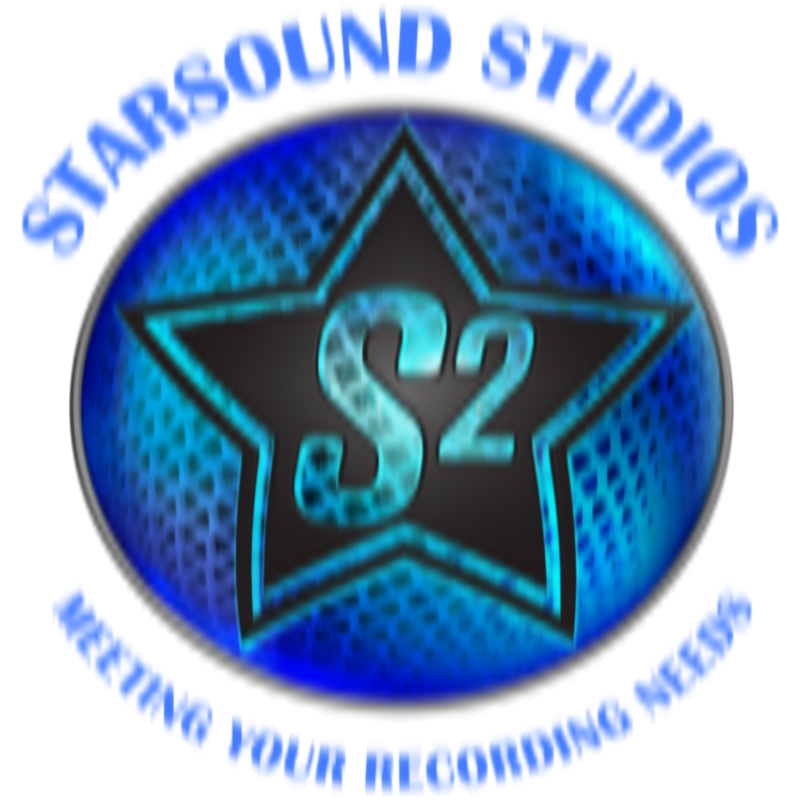Analog-Digital Hybrid Recording At Starsound
What exactly is analog-digital hybrid recording? The Analog-digital hybrid recording is a way in which a recording studio can utilize the best of both analog and digital to record music. In this blog, we will show you how Starsound Studios uses the technique of analog-digital hybrid recording to provide a “sound.”
Our routing in the studio is as follows. First, the microphones on each object enter the Audient analog preamps. Secondly, the signal comes out of the preamp into two separate dBX analog 500 modules that are a compressor and equalizer. Last, that signal chain enters the A/D converter of Pro-Tools. Once inside Pro-Tools, the signal is now in the digital world.
At that point, working on the signal is a simple process. The audio convert to binary ones and zeros in the computer. An engineer can apply digital processing to the ones and zeros within the machine with ease. Starsound Studios takes the analog-digital hybrid recording one step further.
We combine like things within the mix and send them out 16 channels to a Dangerous Music 2 BUS LT analog summing box. The 16 channels are as follows. First, are the four mono channels consisting of Kick, Snare, Bass, and lead vocals. Next, are the remaining six stereo channels. First are all of the toms. Second are the cymbals, which include the hi-hat, ride, and overhead microphones. Next are all of the guitar tracks. Fourth are all of the keyboard tracks, Fifth is the background vocals. Lastly, are all of the background vocals. The analog summing is the first stop in the analog-digital hybrid recording chain.
Analog-Digital Hybrid Recording - Take It One Step Further
After the analog summing process with the 2 BUS LT, come our 6 Rupert Neve analog 500 modules. The modules are aligned as follows. First are the two equalizers and the compressors follow. Lastly are the tape emulators. The last stop on the analog chain is the Analog Designs Black Box. Each of these analog pieces of gear adds weight and girth we can hear from analog equipment. The analog-digital hybrid recording result is then brought back into Pro-Tools.
There is a trick to adding further digital processing to that analog result when bringing the analog signal back into Pro-Tools. The method is to get it back on a stereo AUX track. The reason is that Pro-Tools cannot record plugins on the same channel. Therefore, if the analog result from the last paragraph comes in on an AUX track, it can record additional plugins added to the AUX track. It is done by bussing the AUX to a stereo audio track. Recording the audio track will combine the analog and digital. The recording of the incoming analog with plugins is the last step in the analog-digital hybrid recording route.
The result of recording in this fashion gives you the ability to use analog and digital to your advantage. So give it a try in your audio recordings. Stop by Starsound Studios and enjoy the analog-digital hybrid recording journey.

